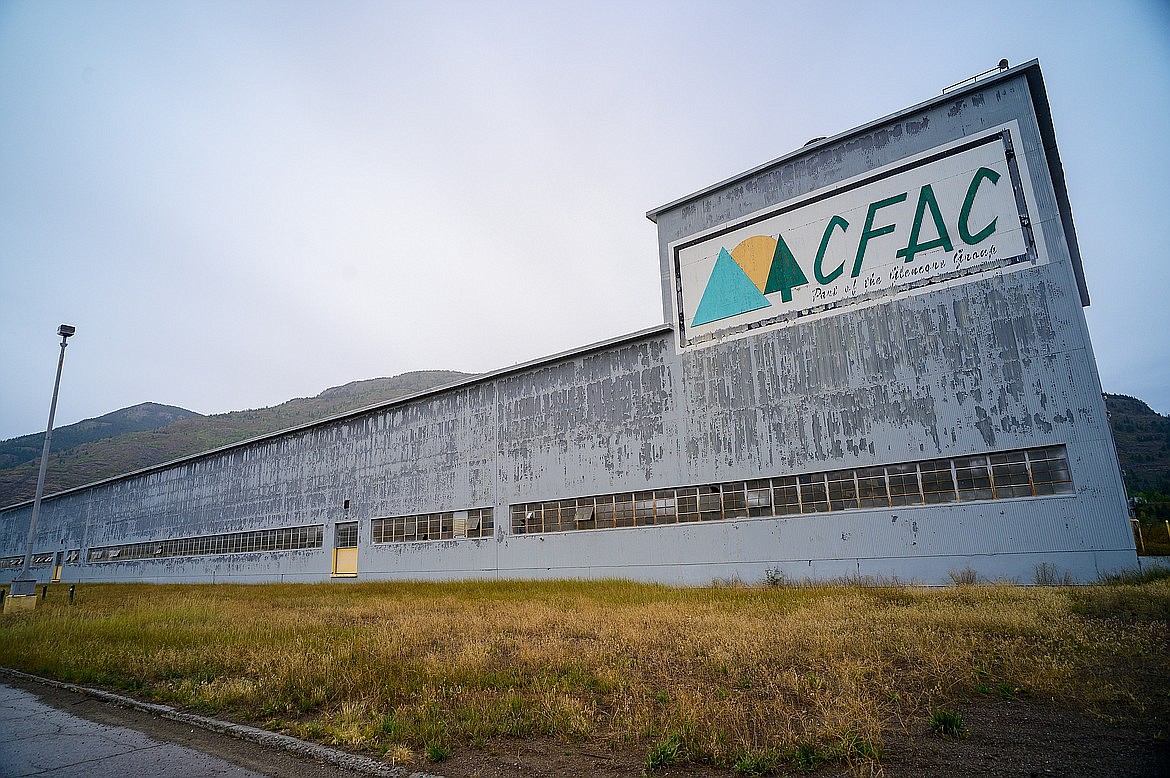CFAC study details cleanup plan for old aluminum plant
Marking the end of a five-year process, the Columbia Falls Aluminum Co. and its parent company Glencore have released a 538-page feasibility study that details how they intend to clean up the old aluminum plant.
In April, the company made its case for cleaning up the site, which calls for containing the old landfill and percolation ponds with a slurry wall, as well as cleaning up contaminated soil at the site and placing it in an approved landfill on site.
The total estimated cost of that plan is about $50 million, the company noted. About $46 million is the cost of the wall itself, which would be a wall 3 to 6 feet thick and 100 feet deep designed to prevent groundwater from leaching from the site.
Right now the contaminated groundwater flows toward the Flathead River, though tests have shown levels of cyanide and fluoride are far lower once the water gets to the river.
The contaminated groundwater, to date, has not shown up in residential wells in the nearby Aluminum City neighborhood.
The cyanide and fluoride are byproducts of spent potliner, which lined the pots in which the aluminum was produced.
The liner was dumped onsite for years until 1990. The plant started up as the Anaconda Aluminum Co. in 1955 and shut down for good in 2009. The plant itself, at one time the largest building in Montana, was completely demolished and, save for a few buildings and warehouses, is nothing but a big flat pad of gravel today.
THE RELEASE of the feasibility study details the preferred plan and other alternatives in detail.
It also marks the end of the company’s commitment with the U.S. Environmental Protection Agency’s administrative order of consent, which was brokered when the plan was first listed as a Superfund site.
Project Manager John Stroiazzo said the company is pleased the process came in on time and on budget.
“We’re kind of proud of that,” he said. “It was a pretty tight timeline.”
The end of the consent order doesn’t mean the company won't be involved — far from it.
There’s still the matter of the actual cleanup, which will also take years.
Many city leaders haven’t been pleased with the company’s slurry wall plan. They’d rather see the waste hauled out to an approved hazardous waste landfill in Oregon.
The EPA, Stroiazzo noted, has the ultimate say on how to best clean up the site.
There’s also the question of who ultimately will pay to have the site cleaned up. CFAC sued Atlantic Richfield Co., claiming it’s at least partially responsible for cleanup because it dumped tons of waste in the landfills and in the ponds when it previously owned the facility.
That case is headed for a bench trial June 28 in front of U.S. District Judge Donald Molloy. The trial should take about two weeks.
The legal action is allowed as part of the Superfund law.
“We think we’re a lesser responsible party,” Stroiazzo said.
The EPA also will write its own cleanup plan and may or may not endorse the company’s strategy. The EPA’s plan is open to public comment and by late this year or early next year, a final record of decision is expected on how best to move forward with cleanup.
The full CFAC feasibility study is online at cfacproject.com.

